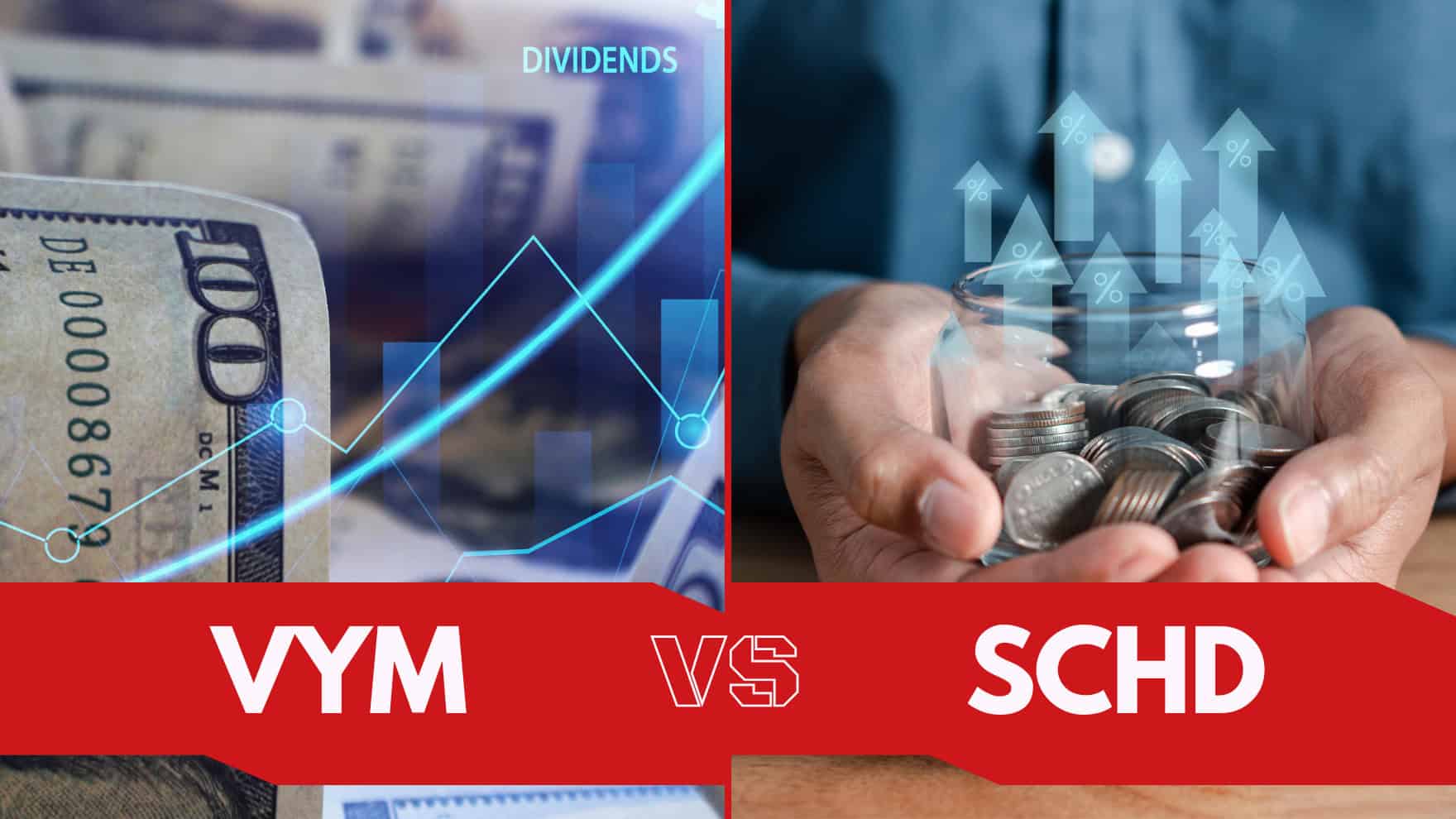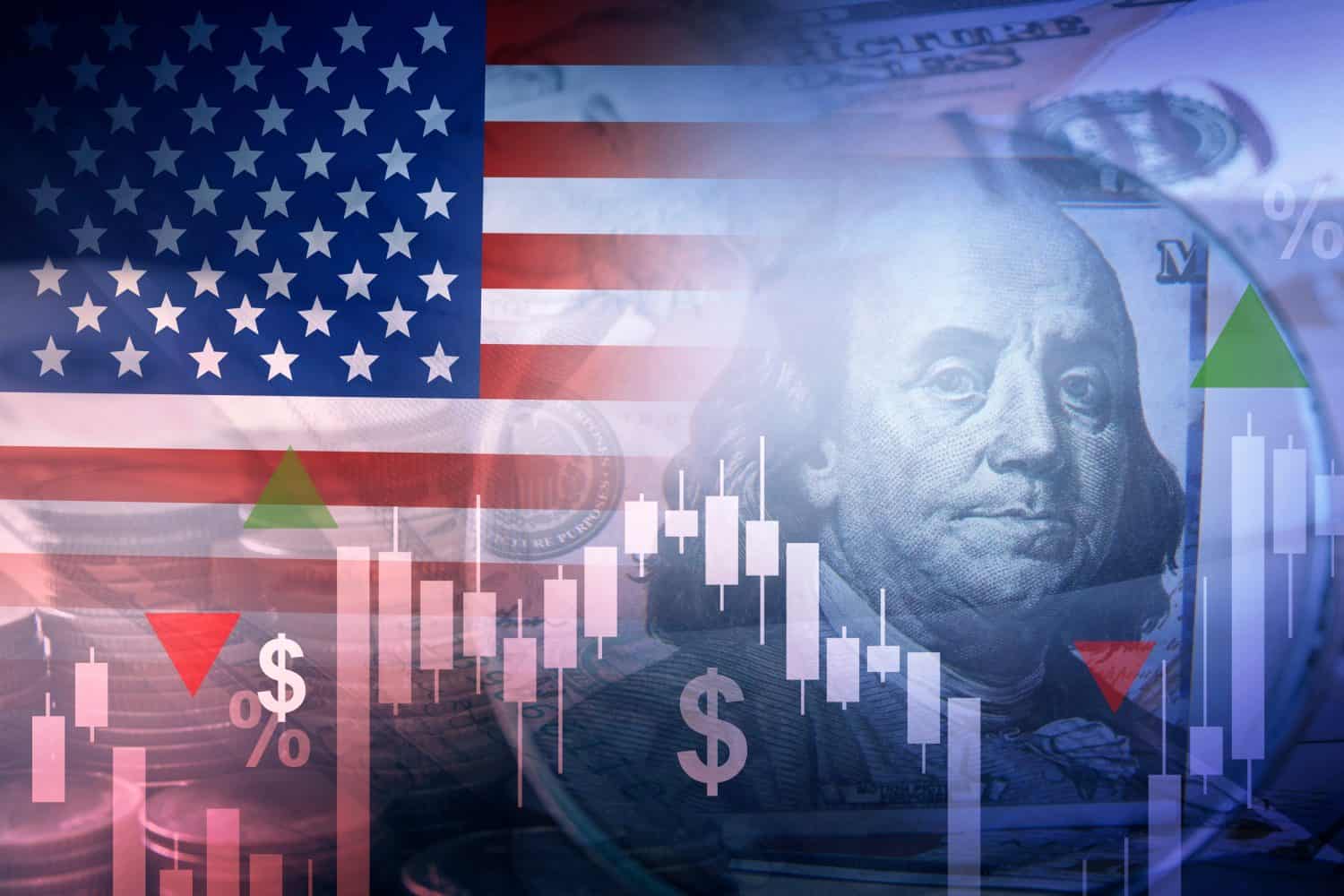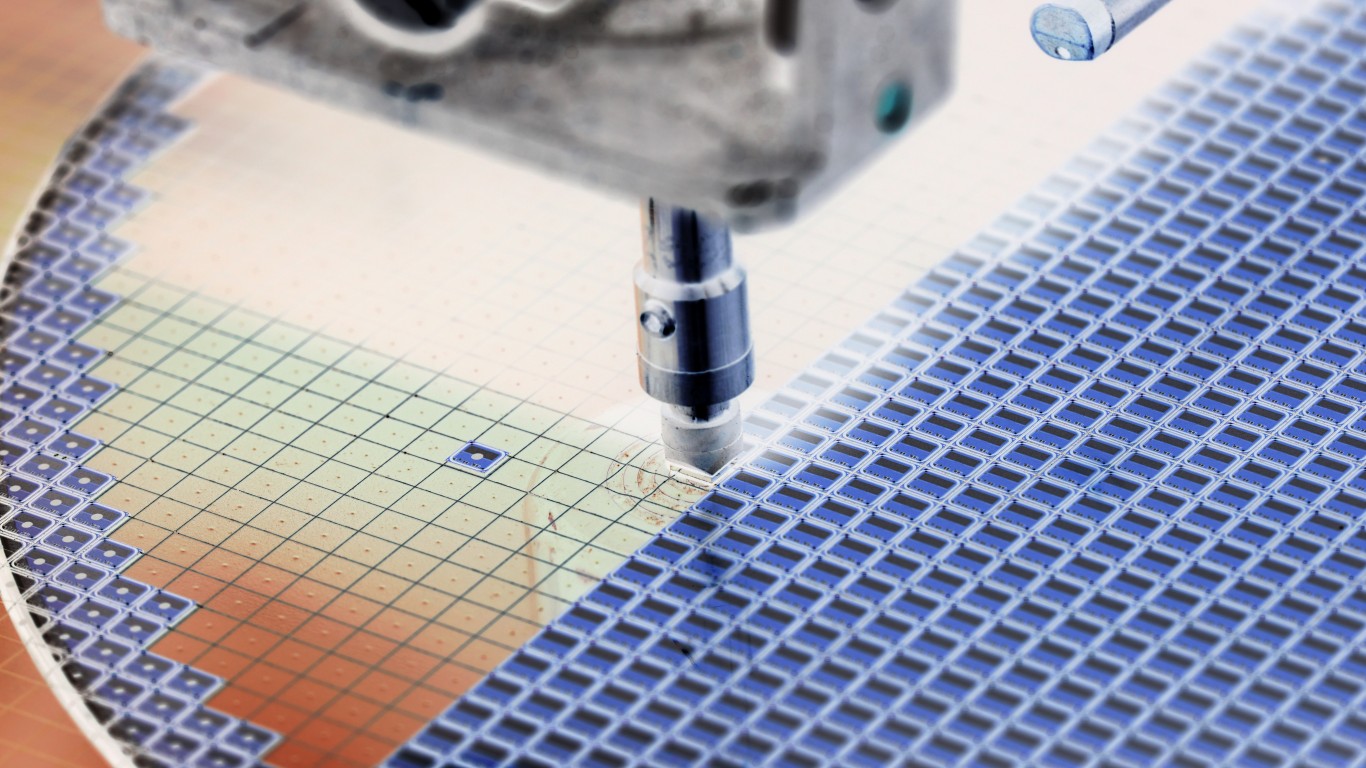
This post may contain links from our sponsors and affiliates, and Flywheel Publishing may receive
compensation for actions taken through them.
Dividend ETFs allow investors to generate steady cash flow and appreciation. While tech ETFs can outperform these funds during bullish markets, dividend-paying corporations often do a better job at maintaining value during downturns.
Vanguard and Charles Schwab are two of the top brokerage firms that offer a wide range of ETFs, including dividend funds. The Vanguard High Dividend Yield Index Fund ETF (NYSEARCA:VYM) has been around since 2006 while the Schwab U.S. Dividend Equity ETF (NYSEARCA:SCHD) has been rewarding investors since 2011.
Both of these ETFs have 0.06% expense ratios, making them more affordable than most funds. However, which one wins out in 2025? This guide will discuss some of the key differences between VYM and SCHD.
VYM and SCHD are two of the top dividend ETFs. Discover how these funds compare based on long-term returns, portfolio allocations, and other details. Retiring early is possible, and may be easier than you think. Click here now to see if you’re ahead, or behind. (Sponsor)
Key Points
Dividend Yield
The yield isn’t the most important part of this discussion, but some dividend investors often prioritize cash flow, so it’s good to know where both funds stand. SCHD has a trailing 12-month yield of 3.30%, while Vanguard’s TTM yield is 2.74%.
If you put $10,000 into SCHD, you would receive $330 in dividends each year. However, VYM only offers $274 in annual dividends from the same investment. Some funds don’t have high dividend yields because they prioritize appreciation over dividend distributions, so it’s important to also gauge how well the funds perform and what’s inside ofthem.
Total Returns

Although VYM could justify a lower yield with a higher annualized return, that hasn’t been the case so far. VYM has an annualized return of 9.8% over the past five years while SCHD has an annualized 11.0% return over the past five years. SCHD has maintained that same annualized return over the past decade, while VYM’s annualized return remains at 9.8% over the past decade.
However, VYM has a better record if you look at short-term returns. The fund has a 17.8% return over the past year while SCHD has an 11.2% return during the same stretch. Furthermore, VYM has an annualized 7.0% return over the past three years while SCHD has an annualized 3.8% return over the past three years.
It goes to show that past results are not a guarantee of future success. Investors who prioritize 5 and 10-year annualized returns may prefer SCHD. However, if you’re looking at the last 1-3 years, VYM has been the better dividend ETF.
Portfolio Allocation
The portfolio allocations of these two dividend ETFs indicate why Vanguard’s fund has outperformed in recent years. I also believe that Vanguard’s ETF will outperform Schwab’s ETF in the upcoming years, and this verdict starts with an analysis of the top holdings.
The Schwab U.S. Dividend Equity ETF’s top five holdings are Pfizer, Abbvie, Cisco, Coca-Cola, and Texas Instruments. These equities make up more than 20% of SCHD’s total holdings. Abbvie is the only stock on this list that is up by more than 50% over the past five years. Most of these companies are also losing money. Sure, the yields are high, but there’s not much growth.
The top five holdings of the Vanguard High Dividend Yield Index Fund ETF are very different: Broadcom, JPMorgan, Exxon Mobil, Home Depot, and Procter & Gamble. It’s worth noting that Walmart is the 6th largest holding since it’s done well in recent years. Excluding Procter & Gamble, each of the top six holdings is up by more than 50% over the past five years. Most of them are up by 70% during that stretch, and Broadcom has enjoyed parabolic growth as AI chips propel it to new heights.
VYM’s top five positions make up roughly 15% of the fund’s total assets. VYM has a more reliable top five positions than SCHD, which gives it an advantage for current investors.
Sector Allocations
VYM puts most of its assets in the Financial Services, Consumer Staples, and Tech sectors. Those three sectors make up almost half of the fund’s total assets. VYM also puts 98% of its assets into U.S. corporations. VYM offers almost no exposure to real estate, while the Communication Services and Basic Materials sectors barely make up 5% of the fund’s total assets.
SCHD does a better job of evenly spreading its assets. Seven sectors each have more than 10% representation in the fund. Financial Services lead the way, with Healthcare, Consumer Defense, and Energy as the next top positions. VYM concentrates more of its assets in the Financial Services sector than SCHD. Schwab’s fund allocates more than 99% of its total assets to U.S. corporations.
Economic Shifts That Can Impact These Dividend ETFs

Any changes to consumer behavior can impact these ETFs. If people pull back on their spending, VYM stands to take more of a hit than SCHD. That’s because SCHD has a greater concentration of defensive companies that aren’t as likely to appreciate during bullish cycles.
Lower interest rates will help both of these ETFs and allow their holdings to gain value. However, higher interest rates will push prices downward as investors wait for higher yields to justify initiating positions in dividend ETFs.
Rising inflation can strengthen these ETFs, as it can boost corporate earnings. However, too much inflation can cause consumers to cut down on purchases at non-essential corporations. Furthermore, investors have to consider the difference between nominal returns and real returns if inflation gets too high.
Tariffs increase the cost of products and services, which leads to inflation. It’s possible that these dividend ETFs lose value during tariffs, as the extra tax can reduce consumer demand. Tariffs can also increase the cost of producing products and services, which corporations tend to pass on to consumers.
How to Choose the Right Dividend ETF
Every investor has different financial goals and preferences. Investors with low-risk tolerances may prefer funds like SCHD, which has defensive companies and high yields. However, investors who are willing to take risks in exchange for a higher potential return may want to allocate VYM shares.
Investors should evaluate their portfolio allocations, long-term goals, and risk tolerances before deciding which dividend ETF is right for them.
Want to Retire Early? Start Here (Sponsor)
Want retirement to come a few years earlier than you’d planned? Or are you ready to retire now, but want an extra set of eyes on your finances?
Now you can speak with up to 3 financial experts in your area for FREE. By simply clicking here you can begin to match with financial professionals who can help you build your plan to retire early. And the best part? The first conversation with them is free.
Click here to match with up to 3 financial pros who would be excited to help you make financial decisions.
Thank you for reading! Have some feedback for us?
Contact the 24/7 Wall St. editorial team.




